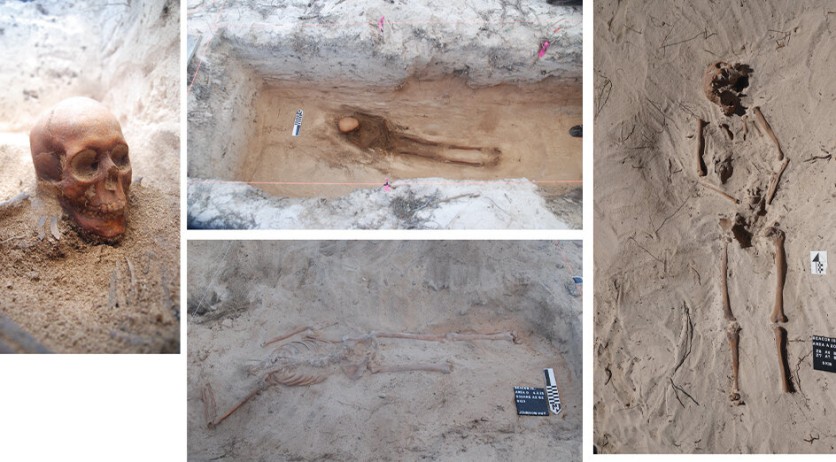An extensive archaeological research project spanning five years unveiled a haunting and tragic tale from Australia's past. The findings reveal the dark events surrounding the Batavia maritime disaster and mutiny.
Led by a team of archaeologists from The University of Western Australia and the Western Australian Museum, the international research endeavor has uncovered a wealth of evidence that offers a deeper understanding of the haunting story.
The investigation unveils multiple graves and indications of the survivors' defiance against the mutineers.

A Story of Resilience and Defiance
The ill-fated ship Batavia, belonging to the Dutch East India Company, met its tragic end in 1629 off the Abrolhos Islands in Western Australia. For centuries, this maritime disaster has intrigued historians and adventurers alike.
Sharing his expertise, Professor Alistair Paterson, the lead author hailing from UWA's School of Social Sciences and the Oceans Institute, provided valuable insights into the artifacts and gravesites that weave a narrative of resilience, defiance, and the somber aftermath experienced by the individuals caught in the tragic events.
"Through meticulous analysis, we've discovered the remains of 12 victims, interred in both individual and mass graves, as well as evidence of a fierce struggle between survivors and a group of mutineers, and remnants of a possible gallows site where justice was served," Professor Paterson said in a press release statement.
The landscape of Long Island has exposed a significant cluster of iron fastenings believed to mark the gallows site where mutineers met their fate, serving as a poignant symbol of the Dutch East India Company's endeavor to restore order amidst the tragedy's aftermath.
The research on land, in addition to the underwater discoveries, has yielded a profound comprehension of the survivors' initial movements from the shipwreck to nearby islands, the arduous challenges they confronted, and the dynamic power shifts occurring between the mutineers and those who managed to endure.
Furthermore, the excavation of human remains has yielded crucial insights into how the victims were treated and buried. Notably, the presence of centrally positioned graves on Beacon Island indicates the existence of a functional burial ground, likely established in the immediate aftermath of the disaster.
Additional islands nearby, such as Long (Seals) Island and West Wallabi Island, have presented compelling proof of improvised weapons, signs pointing to the presence of resistance groups, and structures linked to the resourceful survivors.
As part of the ARC Project "Mobilizing Dutch East India Company collections for new global stories," there are plans for additional research.
This upcoming inquiry will encompass enhanced forensic analysis of human remains, physical evaluations, the use of stable-isotope technology, DNA studies, and additional historical research.
The significance of these findings extends beyond the Batavia wreck itself. They offer invaluable insight into the challenges faced by some of the earliest European visitors to Australia and highlight the behavioral responses of the survivors.
What Happened to the Batavia Maritime Disaster?
The Batavia maritime disaster was the result of navigational errors. After the shipwreck, a group of mutineers seized control and committed acts of violence and murder against the survivors. The events unfolded into a tragic tale of mutiny, survival, and subsequent efforts to restore order.
The discoveries made by the international research team have unraveled a haunting and tragic chapter in Australian history, offering a deeper understanding of the Batavia maritime disaster and the struggles faced by its survivors.
The findings were published in Historical Archaeology.

ⓒ 2025 TECHTIMES.com All rights reserved. Do not reproduce without permission.




